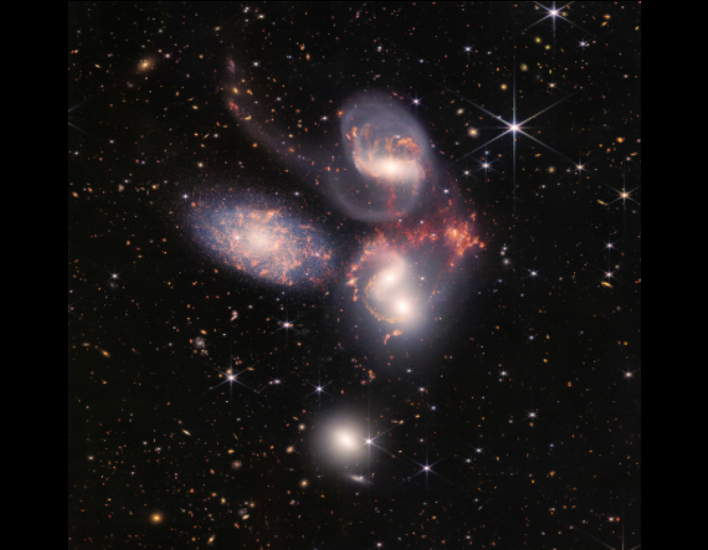NASA's Space Telescope Is Stuffing The Universe Into A 68GB SSD, Is That Enough?
NASA revealed the first images from JWST last week, and the results were awe inspiring. The images showed the universe in greater detail than ever before. If someone had told you following the reveal that the $10 billion observatory only had a 68GB SSD to store those images, you probably would have laughed. But as it turns out, it is absolutely true.
When compared to its sibling, the Hubble telescope, JWST is capturing a lot more data per day. Hubble transmits around 1-2GB per day, while JWST transmits about 57GB daily. All of that data from the new telescope is able to be transferred in about 4.5 hours, which occurs during two 4-hour contact windows with Earth daily. JWST's location was chosen in order to give it an optimal view of the universe without obstruction and with minimal orbital adjustments.

Due to the enormous distance the space telescope is operating from, and the conditions it is under, data and communication systems are designed to be dependable and reliable. Because of the cost and time that would be required for any type of servicing mission, Michael Menzel, the missions systems engineer for JWST, told IEEE Spectrum that it would not be something NASA would undertake unless "something went wildly wrong."
One item of concern, however, may come as the space telescope gets some age on it. Alex Hunter, a flight systems engineer at the Space Telescope Science Institute, says that by the end of JWST's 10-year life span, the space agency expects the amount of storage available will be down to about 60GB. This is due to the deep-space radiation and wear and tear it will endure during its time in orbit. With the telescope sending back 57GB of data daily, and an estimated 3 percent reserved for engineering and telemetry data, this will leave very little room for error.
Top Image Credit: NASA/ESA/CSA

